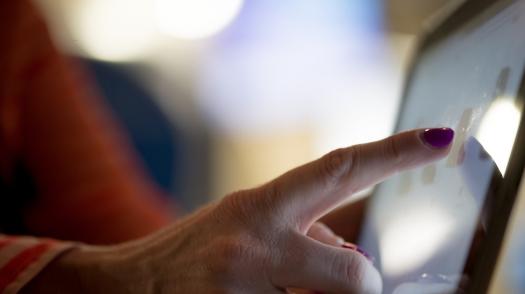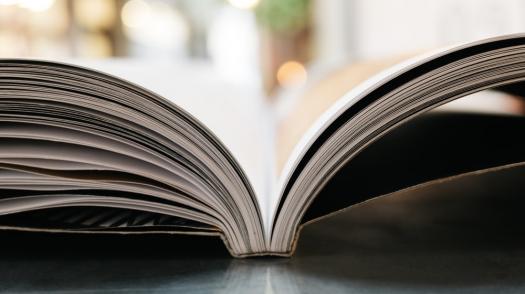The world of alternative and complementary therapies and treatments is vast, taking in everything from swimming with dolphins to acupuncture.1
‘Alternative’ and ‘complementary’ approaches are often grouped together, but there is a subtle difference.
Broadly speaking, alternative treatments are those where the patient is stepping outside of conventional treatments and trying something different.
Complementary therapy is when a patient is supporting (or complementing) their mainstream treatment with other methods.
Many of these approaches are controversial. Some people may be confident about the benefits of an individual approach, while others may believe it to be completely unscientific. Whatever your personal feelings, we hope to have presented the information here in a balanced way.
These therapies and treatments require a great deal of thought on the part of a parent, not least because most of these treatments are only available outside the National Health Service. This means there is almost always a cost attached.
Families are understandably looking for anything that may help their child’s progress.2 Weighing this cost against the evidence of the benefits may not always be easy. It is also important to see complementary therapies for what they are – something that is intended to support conventional healthcare rather than replace it.
The NHS Choices patient information website says it is important to bear in mind that feeling better can sometimes be the result of ‘the placebo effect’.3 This is when a patient feels better because they have an expectation that a treatment or medicine will be helpful, rather than the effect of the treatment itself.
NOTE: Speak to your GP or the healthcare professionals you’re in contact with before you go ahead with any of these treatments.
We cannot stress strongly enough how important it is to check with your child’s doctor first. Some people may wish to try different forms of alternative or complementary therapies. Again, it’s important to keep your doctor informed.
It’s also important for families to let all of the practitioners know about each approach their child is trying. Keep everyone ‘in the loop’. Ideally, it’s best to try one thing at a time. This way, if there are improvements, it will be clear which therapy is responsible.
Homeopathy
Homeopathy is based on the idea that ‘like cures like’.
'Preparations' are made from the very thing that’s ailing someone. So if someone had been poisoned, some of that poison would be diluted many times over and taken as a homeopathic preparation.
The British Homeopathic Society publishes a number of studies on its website pointing to the benefits of this approach. But there are many who believe the evidence is inconclusive, and others who would dismiss homeopathy as superstition.
Acupuncture
Originating in China some 4,000 years ago, acupuncture is built around the idea that we have courses of energy flowing around our bodies.
An acupuncturist places needles at different points around the body. The aim is to relieve pain, or to help with emotional imbalance.
There is some evidence that acupuncture can help relieve anxiety or pain. But like many of these treatments, other research has suggested there is no benefit.
Aromatherapy
Aromatherapy uses plant extract essential oils that might be inhaled or massaged into the skin.
Some believe molecules from the oil pass into the bloodstream and help the nervous system.
There is some evidence that aromatherapy can help in relaxation. A great deal of caution must be taken with a child with any form of seizure disorder (including epilepsy). Always seek advice from a doctor and a professional aromatherapist before beginning any treatment.
Yoga 4
Yoga works through a series of movements and postures.
Breathing control and simple meditation techniques are also used. This may be useful for some children as a relaxation technique.
Yoga practitioners believe yoga is good for relieving stress and anxiety for people with acquired brain injury. Some studies suggest that yoga benefits movement and memory.4
But like any treatment, mainstream or otherwise, it isn’t for everyone. Some children may be easily distracted and may struggle to ‘settle down’ into yoga. For other children, the level of their communication skills may mean they can’t tell a parent or instructor that they are stretching too hard or they are in pain.
Hyperbaric oxygen therapy 5
This kind of therapy takes place inside a hyperbaric chamber.
The patient breathes in purer oxygen than that in the air around us. The idea is that this more concentrated oxygen helps the body with the healing process.
Like many of the other examples of complementary therapies, there is some controversy as to whether this process works or not. This can be an expensive option and very few trials have been carried out. Those that exist have had inconclusive results.
Brain training
There are a number of products on the market designed to help with memory.
Some are available on PCs and desktop computers, while others are available on hand-held gaming machines. The idea is that through regular exercise playing puzzles, the brain will get better at doing certain things.
Claims that these programs can help with memory may make them seem appealing to parents of children with acquired brain injury. But it’s important to consider that there are serious doubts about how effective these games are before spending money on them.
In a report carried out by the consumer charity Which?, experts said there was no evidence that brain training programmes worked with the general population.6
To our knowledge, there are no studies that take acquired brain injury as their focus. Some of the difficulties associated with acquired brain injury may make it hard for some children to access these games. Fine motor skills, or difficulties with eyesight may be factors.
Dolphin-assisted therapy (DAT)
Dolphin-assisted therapy has had a great deal of publicity since its beginnings in the early 1980s.
The idea is that children have one-on-one interactive therapy sessions while swimming with the dolphins.
The information in this section may already sound repetitive but once again, the evidence for this kind of therapy is inconclusive.
It’s thought that interaction with all animals may have a calming effect for some children. As one of the more expensive treatments – one which will almost certainly involve a trip abroad – a great deal of thought must go into this kind of decision. Some parents may have ethical concerns about the dolphins’ captivity.


